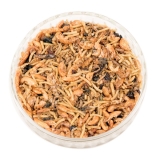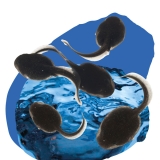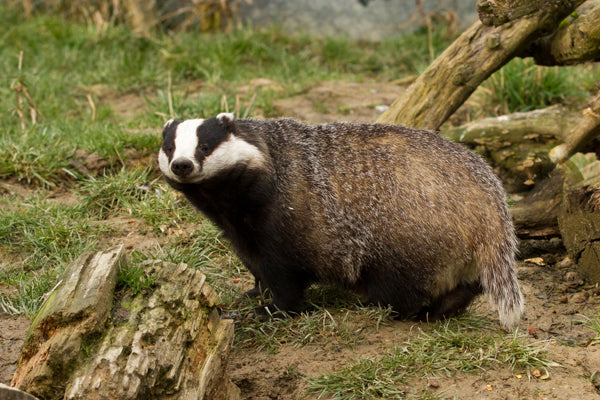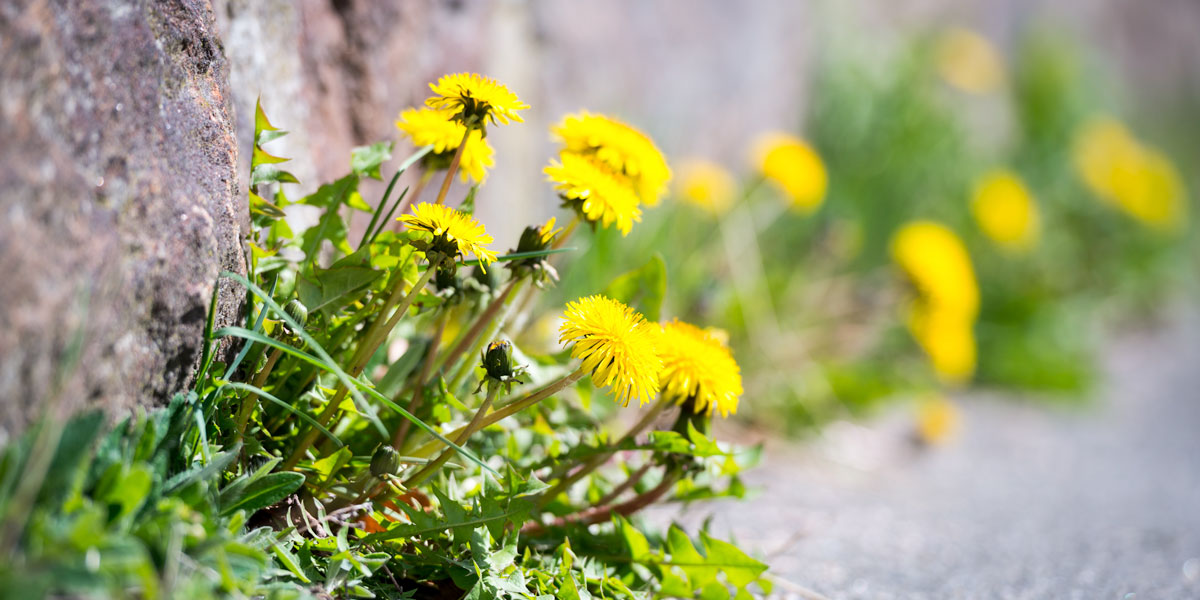Explore Our Garden Wildlife Blog
Browse or search by Category or Keyword below, alternatively click on any Tag to see related articles.
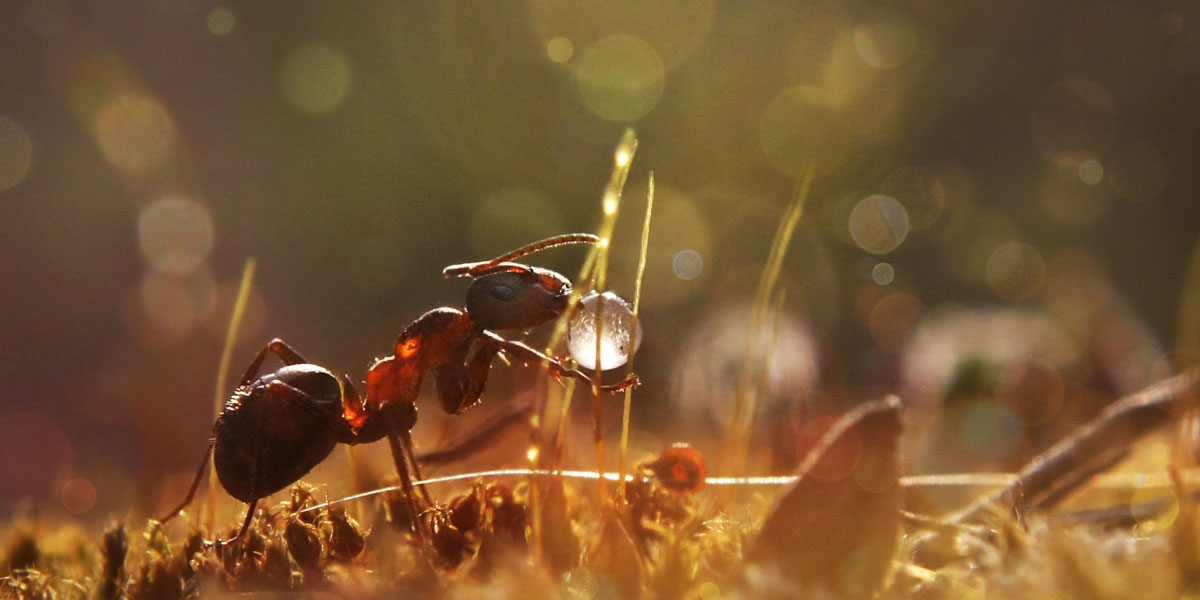

Water, the Driving Force of all Nature
By Sean McMenemy
13th May 2022
Last Updated: 1st July 2022
Do you remember being thoroughly soaked in a downpour? So wet, the decision was whether to laugh or cry, because escaping wasn’t an option? I’d wager it wasn’t recently!
In the UK, the past two Aprils have seen some of our lowest rainfall levels since records began; so much for April showers! I’m old enough to remember reliably showery weather each spring, soaking me on a journey to or from school, and later dictating when I could, or could not, mow my lawn.
Nowadays, weather is less reliable and more extreme. Long dry spells, interspersed with torrential downpours, is not ideal for gardeners or wildlife. Heavy rain on dry ground tends to run off causing flooding and risking life but leaving the ground parched. Soil needs slow steady wetting to give it time to absorb the moisture, which in turn allows it to raise the water table and sustain all the natural ponds and brooks wildlife needs.
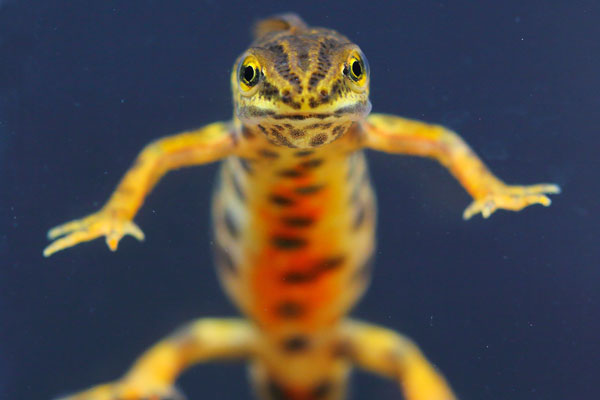

Natures calendar is built around the seasons, including a wet springtime. It’s critically important for spawning frogs, toads, and newts that ponds are full of water and remain so into early summer. Also, as the days lengthen, soil needs to remain moist to give germinating seeds a good start, so root systems can develop. Trees need huge quantities of water available, as leaf and fruit buds burst into life. A dry spring causes stress that will result in poor fruit and nut crops causing further hardship to foraging animals during the following winter.
The climate has noticeably changed during my lifetime, and this looks set to continue. Nowadays in my garden, I collect as much rainfall as I can and redistribute it during dry spells. I am now Mr April showers, a supporting role to Mother Nature!
Even as a lad, I was fascinated by water and at my happiest while pond dipping, using my prized microscope to observe all those amazing single cell critters, otherwise hidden from my eyes. These days, I’m still as captivated by water and all the life it holds, but my passion for it has grown along with my knowledge. I now demand more from it than what’s on offer from a pond or bird bath.
Life started in water and still heralds more forms than any other habitat. Oceans and rivers apart, I’m just talking about watery life in gardens. I create dozens of wet zone habitats in my garden and can blissfully sit and watch the resulting life it brings. My pond is covered in pond skaters, I love seeing a great diving beetle or newt rise to the surface and descend once more to the deep. Tadpoles are just adorable and emerging dragonflies are stunning.
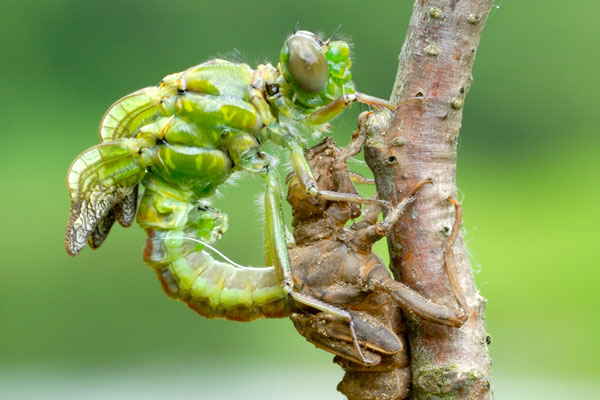

I have raised bird baths that the tree dwellers prefer, attracting woodpeckers and nuthatch, along with wood pigeons which treat it as a hot tub! I’ve sunk other baths flush with the ground in which robins, blackbirds and perhaps more surprisingly blue tits prefer. The mice, hedgehogs and foxes all use these pools for refreshment too.
However, anyone with a water butt, sink or other pool will already know there are other lives seeking different soggy homes. Midges and gnats need still surface water for their larvae to breathe – tap the side and watch them drop. Many birds line their nests with mud, and house martins and swallows use a mud and saliva mix to stick their nests on buildings. Make a damp muddy clay bank and you will be treated by these brilliant engineers whirring back and forth as they carry out their construction.
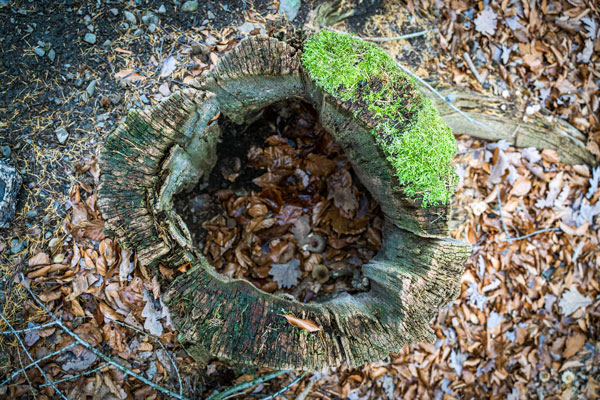

Of old, ancient trees had rot hollows that became stagnant with the rotting wood and fallen leaves. Such pools were their own specialised habitat. As a kid I’d regularly find toads up trees, literally ‘toads in a hole’ but such sights and such trees, in our newly tidied landscapes, are now few and far between. Instead, I try my best to replicate these lost wonders by hanging jars from branches or burying them in the ground. I then stuff them with rotten vegetation, grass cuttings, wood chips and leaf litter, and top them up with rainwater. These micro habitats contain little or no oxygen and attract a very different crowd to the garden pond. Among others, they will attract some common hoverflies, who lay their eggs on the submerged leaves and their larvae grow on the rotting vegetation, eventually pupating into full adult flies. The clear jars also allow easy inspection of this lifecycle without disturbing the residents. For me, this brings back the joy of discovery and the endless pleasure, interest, and intrigue a watery world offers.
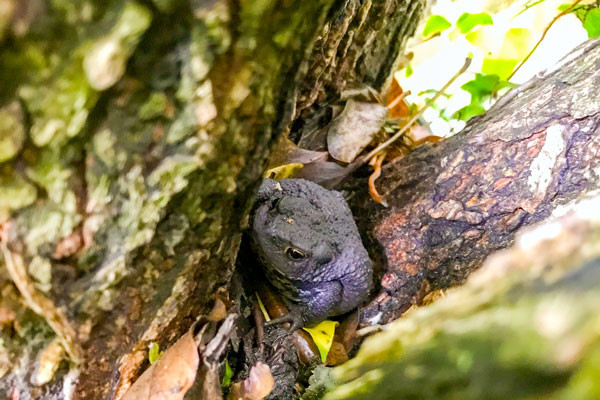

It was Leonardo da Vinci who said ‘Water is the driving force of all nature’ in the 15th century. Six centuries later scientists, naturalists and myself, still agree with him.






